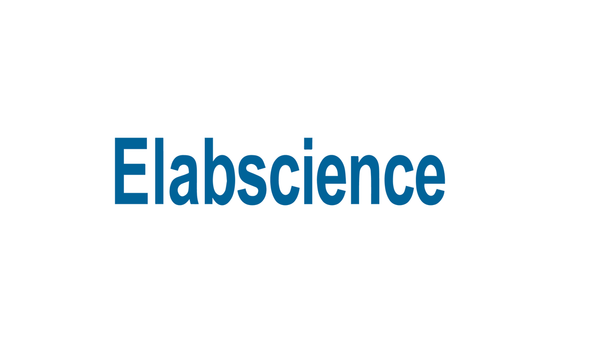abbexa
Human SARS-CoV-2 Neutralizing Antibody ELISA Kit | abx365044
- SKU:
- abx365044
- Availability:
- Usually shipped in 5 working days
- Size:
- 96 Tests
Description
Human SARS-CoV-2 Neutralizing Antibody ELISA Kit. Cat# abx365044. Supplier: abbexa.
Human Severe Acute Respiratory Syndrome Coronavirus 2 (SARS-CoV-2/COVID-19) Neutralizing Antibody ELISA Kit is an ELISA kit for qualitative detection of SARS-CoV-2/COVID-19 Neutralizing Antibodies in Human serum and plasma.
| Target | SARS-CoV-2 Neutralizing Antibody |
| Reactivity | Human |
| Tested Applications | ELISA |
| Recommended dilutions | Optimal dilutions/concentrations should be determined by the end user. |
| Storage | Shipped at 4 °C. Upon receipt, store the kit according to the storage instruction in the kit's manual. |
| Validity | The validity for this kit is 6 months. |
| Stability | The stability of the kit is determined by the rate of activity loss. The loss rate is less than 5% within the expiration date under appropriate storage conditions. To minimize performance fluctuations, operation procedures and lab conditions should be strictly controlled. It is also strongly suggested that the whole assay is performed by the same user throughout. |
| Detection Method | Colorimetric |
| Assay Type | Indirect |
| Assay Data | Qualitative |
| Sample Type | Serum, plasma and other biological fluids. |
| Availability | Shipped within 5-12 working days. |
| Note | This product is for research use only.
The range and sensitivity is subject to change. Please contact us for the latest product information. For accurate results, sample concentrations must be diluted to mid-range of the kit. If you require a specific range, please contact us in advance or write your request in your order comments. Please note that our ELISA and CLIA kits are optimised for detection of native samples, rather than recombinant proteins. We are unable to guarantee detection of recombinant proteins, as they may have different sequences or tertiary structures to the native protein. |












